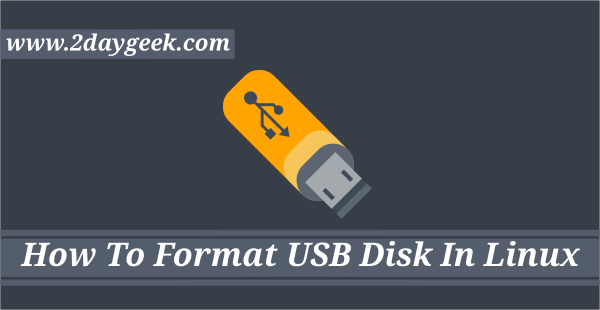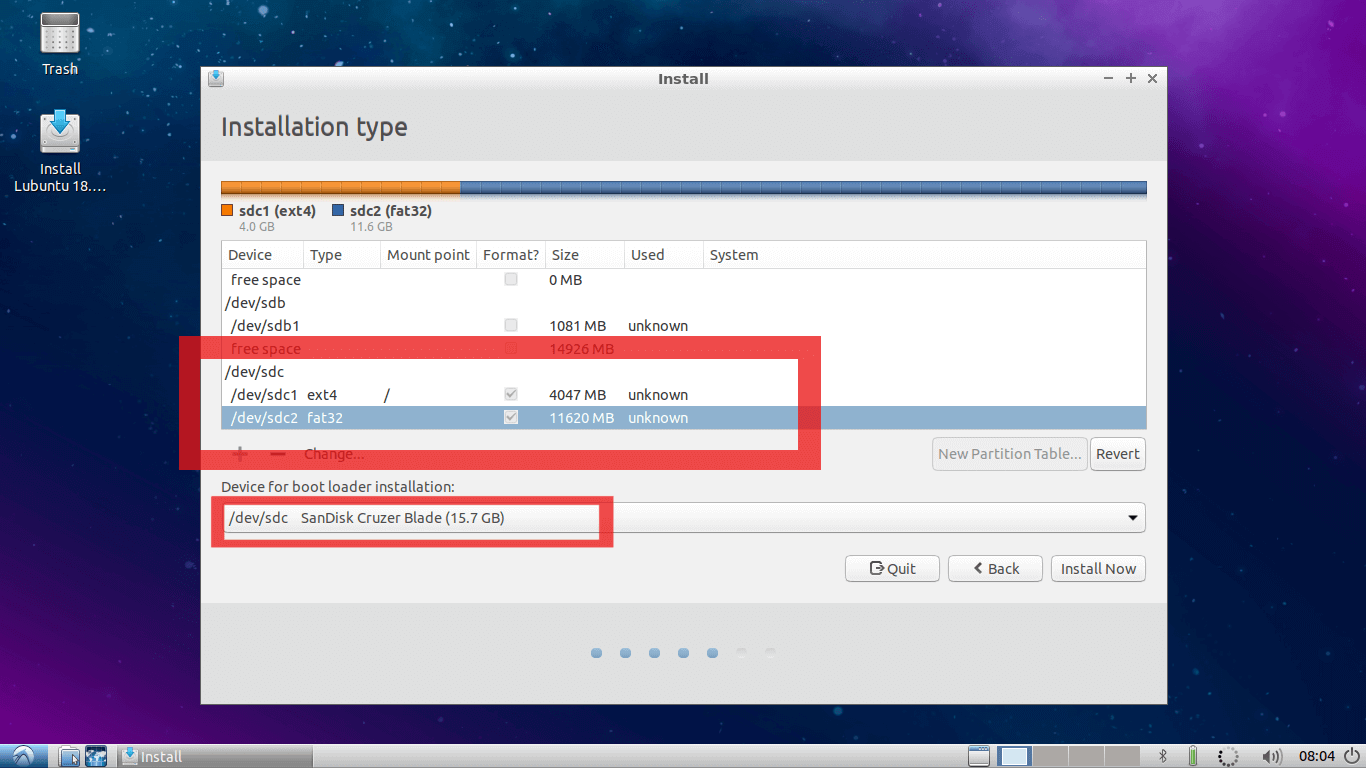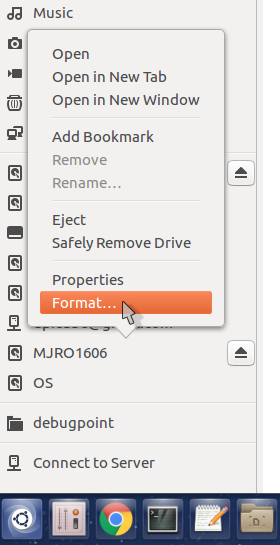

- #How to reformat a usb drive that has linux mac os#
- #How to reformat a usb drive that has linux drivers#
- #How to reformat a usb drive that has linux full#
- #How to reformat a usb drive that has linux software#
On a Mac, you can format any disk as FAT32 by simply choosing “MS-DOS (FAT)” from the dropdown menu in Disk Utility before you click Erase…. This is supported by all versions of Windows and OS X (as well as Linux), but it has the drawback of not supporting individual files larger than 4GB – which can be a pain if you work with large video files or databases. If you need compatibility with systems that are older than this, you’ll need to fall back to the ancient FAT32 format.
#How to reformat a usb drive that has linux full#
In most cases we recommend you select Microsoft’s exFAT format: this will give you full read and write access in both Windows (Vista or later) and OS X (Snow Leopard 10.6.5 or later). You can choose this from the drop-down menu in Windows’ Format dialogue, or in the Erase pane of Disk Utility.


To use your USB disk on both Windows and OS X, therefore, you’ll need to use a different filesystem.
#How to reformat a usb drive that has linux drivers#
There are free drivers available, but again these are limited to read-only access. However, neither is suitable if you want to move files back and forth between Macs and PCs: OS X can read NTFS volumes, but it can’t write to them, while Windows in its default configuration can’t access HFS+ disks at all. These formats are sensible defaults because they support all the features of their respective operating systems, such as native compression and encryption.
#How to reformat a usb drive that has linux mac os#
This is not the case as the drives can be fixed, but it would be nice if balena addressed this issue by providing some kind of tool for restoring a drive to its original state.If you follow the instructions above then Windows will, by default, format your disk using Microsoft’s NTFS filesystem, while a Mac might suggest the Mac OS Extended filesystem.
#How to reformat a usb drive that has linux software#
Now when I check my drive in Windows it appears as it should one large partitions with (almost) the whole capacity of the USB available.Ī lot of people have written on the balenaEtcher forums about this problem, blaming the software for destroying their USB drives. For good measure I thoroughly formatted the drive a second time using the option in the File Explorer menu system. Once I deleted any existing partitions I created a new partition from the unallocated space, with an NTFS filesystem that is visible in Windows as well as Linux. You should take care that you are modifying the correct drive location! I used gparted, which comes already installed in Ubuntu, to remove all partitions on the USB drive, which for me was mounted at /sdb1/ The only way I found to “repair” my pen drive was by using a computer that was already running Linux, in my case Ubuntu. Windows is unable to see the partitions correctly and is therefore unable to remove them, or format the drive correctly. This is not really a problem until you want to remove Linux from the USB drive and start using it, once again, as a normal drive for transferring files etc. That’s because a bootable USB contains certain drive partitions with filesystem types that are not visible to the Windows operating system.

It is a nice Windows program that simplifies the process of creating Linux disks and is recommended by some Linux distro vendors.Īfter the program successfully writes a bootable Linux USB drive, the drive no longer appears correctly in Windows. Recently I used balenaEtcher to create a bootable Linux drive.


 0 kommentar(er)
0 kommentar(er)
